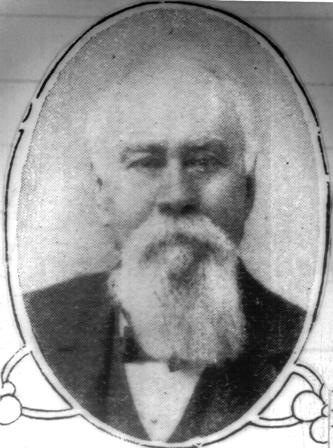
MARSHAL GEORGE HOOPER
1852

Their top priority was selling off assets to pay the debts. Marshal Hooper was given the task of collecting taxes first and foremost.
With all city services officially suspended the quality of life quickly began to suffer. A grand jury report of April 1852 reported the streets of San Diego filled with garbage and human waste. Dead animals were lying in the streets and a foul stench filled the air. The New York Times was even more colorful in their description. They referred to the city as “a flea infested cesspool and the most godforsaken rathole on Earth.”
With Marshals no longer policing the town, and the Sheriff not enforcing the law within the city limits, crime quickly returned to the streets. The situation with the local government was so bad that records of the time show nothing was spent on city law enforcement in 1855-1856. Even as late as May 15, 1858, the trustees minutes read, “it is impossible to determine the business of how the city stands.
With Agoston Haraszathy’s December 31, 1851 resignation as City Marshal, the council appointed Sheriff George Hooper as his replacement.
For Hooper the job couldn’t have come at a worse time and little did he know when he was sworn in, he would wind up being witness to one of the most bizarre events in San Diego history.
The problem started almost two years earlier with the jail debacle. The cost had become so severe it bankrupted the city.
On January 30, 1852, the State of California, concerned with the city’s abilities to meet its obligations, took control of the city and repealed its charter. The move effectively caused the city to cease to exist.
Ironically, it was rumblings over being owed money from the jail project by newly elected Assemblyman Agoston Haraszathy that caused Sacramento to take notice of the city’s finances. With the state now running municipal affairs, the Mayor’s office was disbanded and a three member Board of Trustees was placed in charge of the city.

THE THIN BLUE LINE